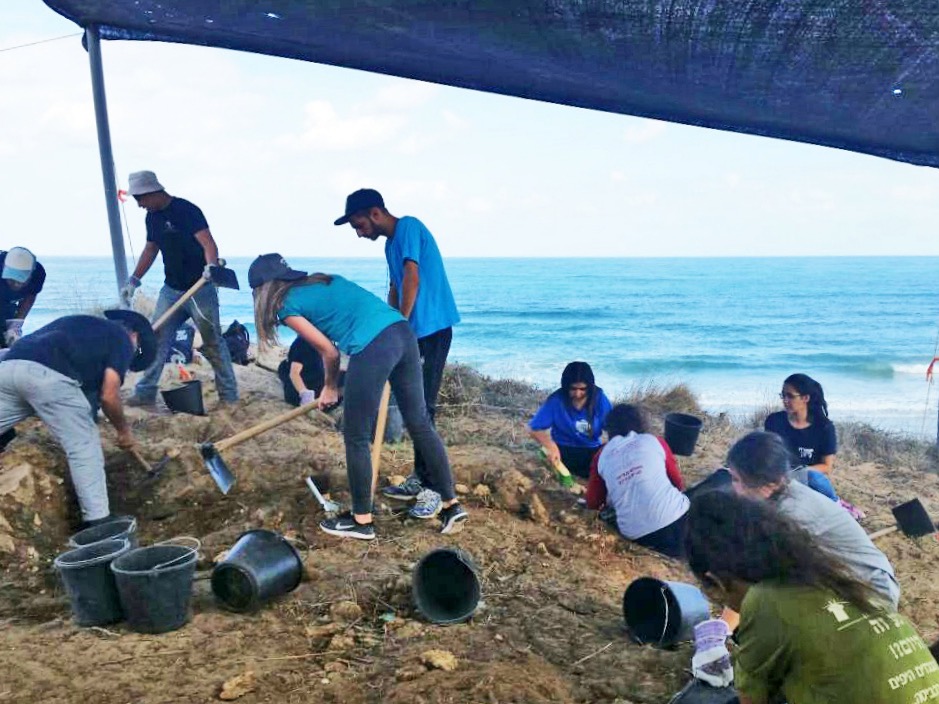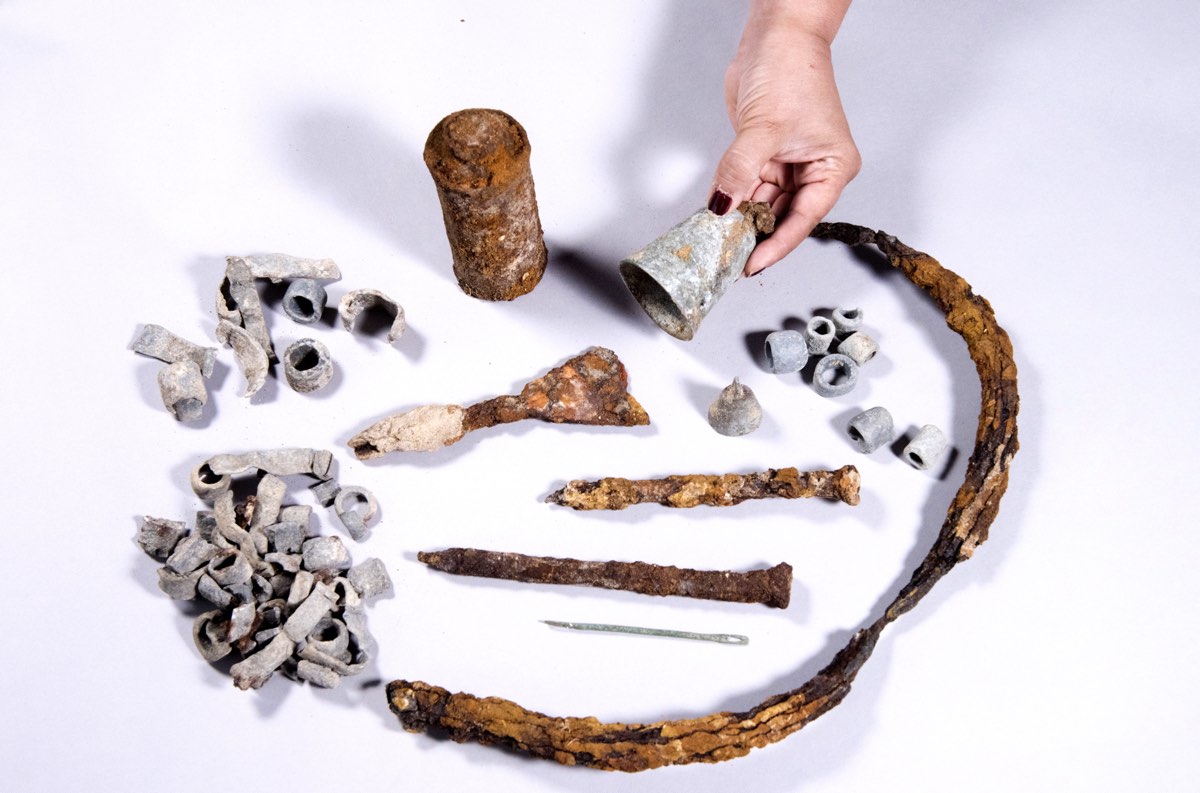Ottoman-Era Fisherman's House Unearthed in Israel

An Ottoman-era fisherman's house filled with metal fishhooks and lead weights has been discovered in the city of Ashkelon, Israel.
The unprecedented find was dated back to the Ottoman Empire by archaeologists with the Israel Antiquities Authority. The Ottoman Empire ruled what is now Israel from 1517 until the end of World War I.
Ashkelon is on the coast of Israel's Southern District, not far from the Gaza Strip. The fisherman's house was found in the northern part of the city during an archaeological excavation ahead of new residential development.[Photos: Skeletal Remains of Possible Philistines Unearthed in Ashkelon]
The three-room house was full of artifacts associated with the coastal lifestyle. Archaeologists found fishhooks and lead fishing weights, as well as a stone anchor and a bronze bell.
"This is the first time that a building was exposed in Ashkelon that we can attribute with certainty to the fishing industry," excavation directors Federico Kobrin and Haim Mamliya said in a statement yesterday (Sept. 20).
The house was clearly built with the realities of coastal life in mind: The entrances faced north, sheltering it from high winds and storm surges, the archaeologists said.
The house was one of several buildings uncovered by the project. The archaeologists also found a lookout tower nearby, which may have been a lighthouse.
Get the world’s most fascinating discoveries delivered straight to your inbox.
"The tower was situated on a lofty hilltop, and it looks out over the beach and Mediterranean Sea," the excavation directors said. "From the tower one could signal and direct ships that were sailing between the ancient ports in Ashkelon and Ashdod-Yam."
Local youth helped with the excavations as part of an effort to educate kids about Israel's history. Authorities plan to preserve the fisherman's house and incorporate it into the new development to continue this educational mission.
Original article on Live Science.

Stephanie Pappas is a contributing writer for Live Science, covering topics ranging from geoscience to archaeology to the human brain and behavior. She was previously a senior writer for Live Science but is now a freelancer based in Denver, Colorado, and regularly contributes to Scientific American and The Monitor, the monthly magazine of the American Psychological Association. Stephanie received a bachelor's degree in psychology from the University of South Carolina and a graduate certificate in science communication from the University of California, Santa Cruz.



